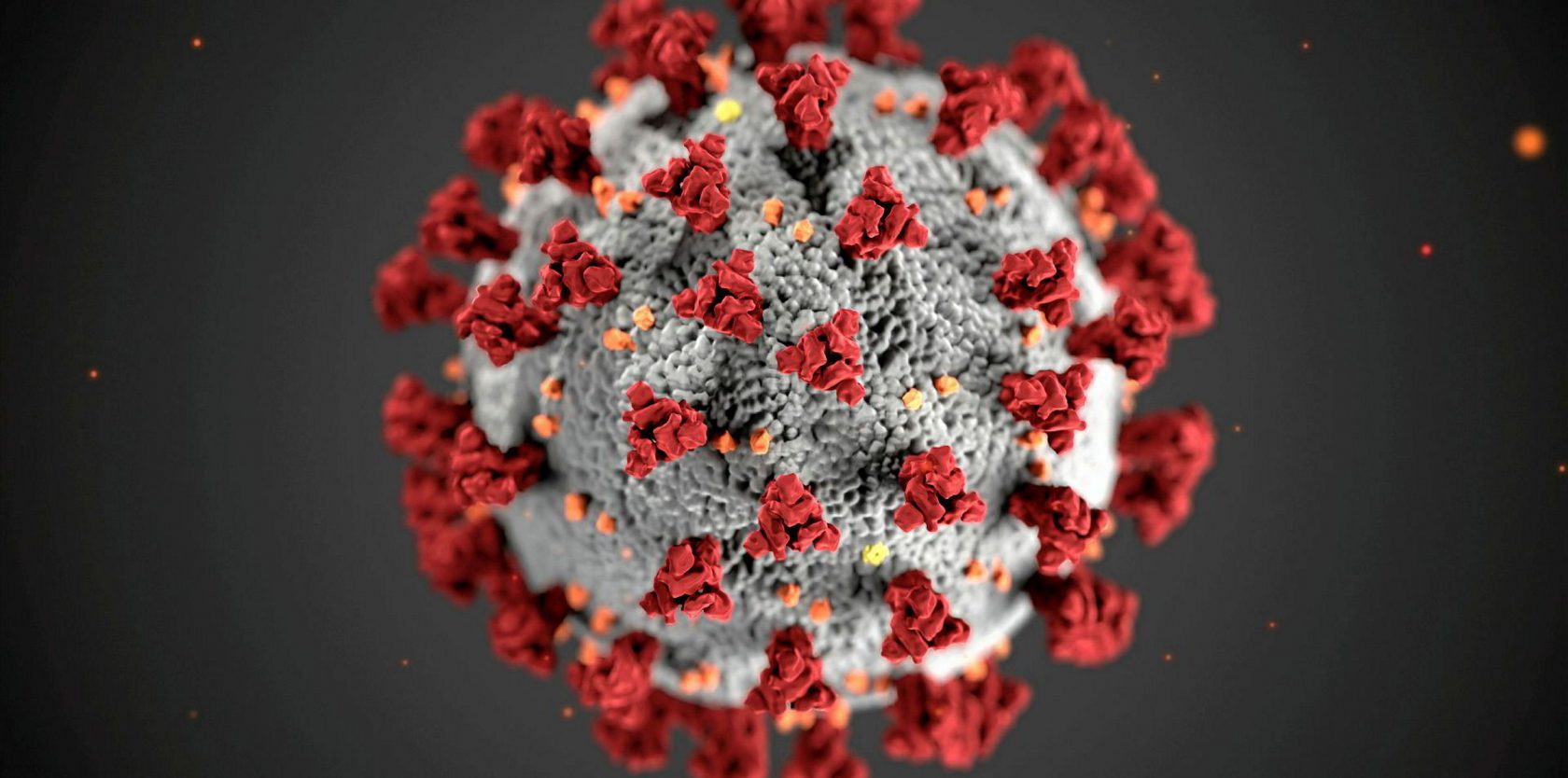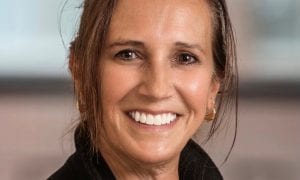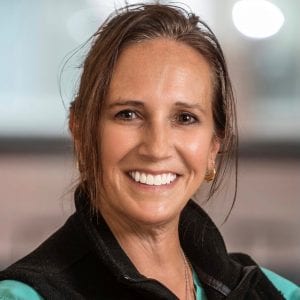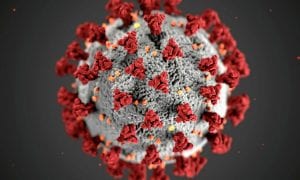Town back to moderate risk category
SOUTHWICK – The Board of Health reported 11 new confirmed COVID-19 cases this week to bring the pandemic total to 528.
Health Director Tammy Spencer said during the April 1 Board of Health meeting that because Southwick has had fewer than 25 cases in the previous 14 days, Southwick is no longer considered a high risk community. This is despite the rising number of other high risk communities in Massachusetts as COVID-19 cases continue to rise again.
Southwick is now considered a moderate risk community and is in the “yellow” zone.
Spencer also announced that at least 25 percent of Southwick residents have received at least one dose of a COVID-19 vaccine. More than 2,500 people have received at least one dose, while more than 1,200 residents are fully vaccinated in Southwick.
Of those who have received a COVID-19 vaccine in Southwick, 48 percent are 75 or older, 16 percent are between 65 and 74, 12 percent are between 50 and 64, 10 percent are between 30 and 49, and 8 percent are under the age of 30.
Spencer hopes to get those numbers up soon with the help of the Big E mass vaccination site that was approved this week. Spencer said Thursday that she knows few details about the plan for the site but that there were meetings planned for Friday, April 2 to discuss the financial and logistical details of the site.
She said people will be able to sign up for a vaccine appointment beginning the Wednesday before the site receives their first doses.
“They will be able to dispense up to 2,000 doses per day but they are going to start with about 1,200 per day,” said Spencer.
Spencer also said that Southwick was approved to receive 50 doses of the single-dose Johnson and Johnson vaccine for the homebound vaccination program. As of April 1, Spencer said that there were about 25 homebound residents who had signed up for the program already, and that she expects that all 50 doses should be used for the program.
While a resident who is homebound is typically not exposed to the general public on a daily basis, Spencer said, they still risk COVID-19 exposure through people who come to their homes to take care of them.






